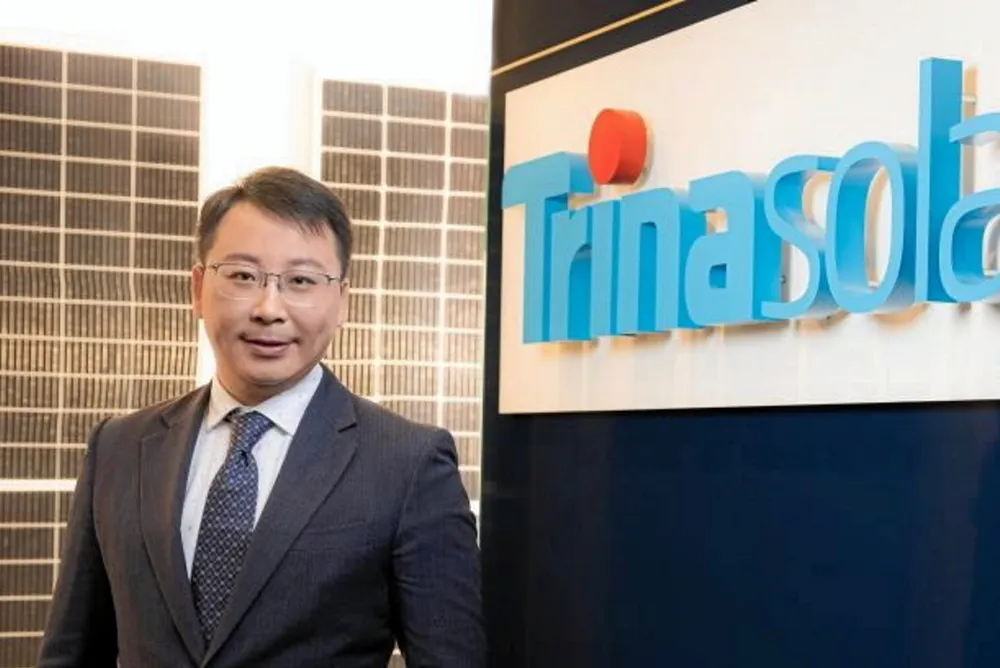Chinese solar panel giant that helped kill off European PV ambitions moves into green hydrogen electrolyser exports
Trina Solar launched its first alkaline electrolyser late last year and is already building 1GW of manufacturing capacity

Trina Solar launched its first alkaline electrolyser late last year and is already building 1GW of manufacturing capacity
